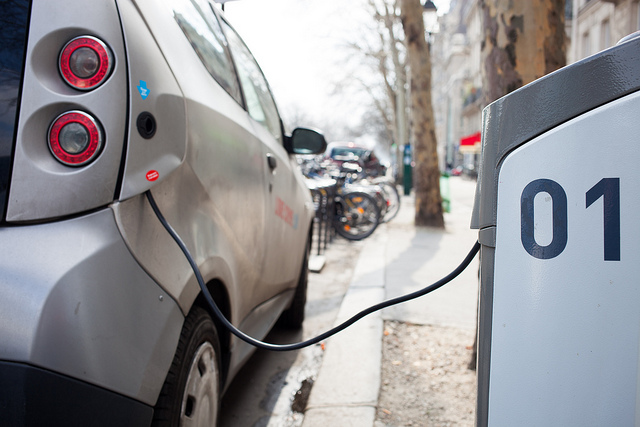As electric cars become increasingly more common, it is inevitable that you will hear the term “range anxiety.” This term is used to describe the worry felt by electric vehicle (EV) drivers that the battery will run out before a suitable charging point is reached and is often touted as the primary hindrance to buying an EV. So should you keep your gas-guzzler in efforts to avoid contracting this condition?
On the outset, if you look at the raw numbers of how far a car can travel before refueling (by electricity or gasoline), it can be intimidating. For example, many gas-powered cars will travel upwards of 600 km, while commonly available EVs are closer to 100-120 km — a pretty hefty 500 km difference. But there are some reasons to believe that the notion of range anxiety has been vastly overblown.
Recently, MIT provided some powerful data against the reality of range anxiety. When they compared the distance that an EV (such as a Nissan Leaf) can travel, with the trips that people make, they found that 87 per cent of driving that is currently being done, could be done using an electric car. That means that in all likelihood, the argument “EV’s wouldn’t really work for me” isn’t the reality. I should clarify, too, that those figures assume that the drivers do not charge during the day and have at least 10 km remaining at the end of the day. Even more amazingly, the number only drops a bit if you live in a rural area.
I’m not naïve. I understand that perception is reality and that we still have to deal with the remaining 13 per cent. There are solutions such as renting, joining a car-share program, trading with a friend, and, yes, charging.
Charging stations are often hidden behind buildings and rarely have obvious labeling so you may not even know how many there are. In this Region alone, there are over 40 car charging stations, with some taking as little as half an hour to recharge 80 per cent of the battery. Although it takes longer than pumping, charging is plug and go: eat, shop, read, take a walk, whatever you like.
Charging becomes more inconvenient as soon as you want to travel further than about 250 km. Although that may mean a bit more planning and is certainly a change that takes getting used to, there are also positive changes such as waking to a “full tank” every morning since we can all charge at home. And many of us can avoid making any changes since my calculations suggest that, on average, households in Ontario have 2.3 cars. Certainly those households that already own a second car could decide to make the switch pretty easily.
So why aren’t more people making the switch? In part, the perception may be tied to the language we use. Using phrases like range anxiety may be playing a substantial role in holding us back. Perhaps we could stop linking our issues with range to mental health and more realistically tie it to the delay of progress in dealing with those remaining 13 per cent of our trips.
If you’re considering the purchase of a new vehicle, I challenge you to look past what we are told are the reasons to rule out EVs and look at the reality of whether it may actually make sense for you and your family. You may be surprised at what you discover.
For more info on where to find charging stations visit plugshare.com.
Stacey Danckert is the co-director of Waterloo Region Environment Network (WREN).




Leave a Reply